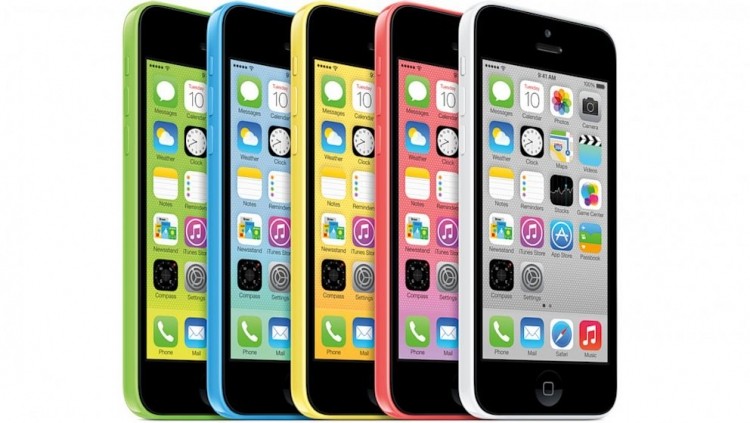You're probably familiar with the drill by now: Apple announces a new iPhone, analysts and so-called experts feel underwhelmed and forewarn of waning consumer interest, stocks go down a bit due to wary investors, then Apple announces another record-shattering launch weekend. It was no different this year save for the fact that two devices were launched. All in all, more than nine million of them were sold in a three day span.
Apple's Tim Cook called this the company's best iPhone launch yet, and though he didn't break down individual model sales, he did confirm they have sold out of their initial supply of iPhone 5s. For what it's worth, market signals point to a stronger debut weekend for the higher-end model, with analytics firm Localytics claiming the 5s and 5c now account for around 1% of all activated iPhones and the 5s beating its lower end sibling three to one.

To put the launch into perspective, the iPhone 4 racked up 1.7 million unit sales during its launch weekend in 2010, the iPhone 4s managed 4 million the following year, while the iPhone 5 broke records once more at 5 million in 2012. It's worth noting that aside from launching two iPhone models this year, this was also the widest ranging launch for the company to date with 11 countries taking part, up from 9 in 2012. These include the US, Australia, Canada, China, France, Germany, Hong Kong, Japan, Puerto Rico, Singapore and the UK.
Apple was also keen to point out that more than 200 million iOS devices are now running the completely redesigned iOS 7. Although the company didn't include any context with the figure, according to independent data from Mixpanel, installations of the latest operating system update overtook iOS 6 in just 72 hours at 48.21% versus 47.58%, respectively. Today the percentage has continued to grow with iOS 7 on 56.60% of devices.